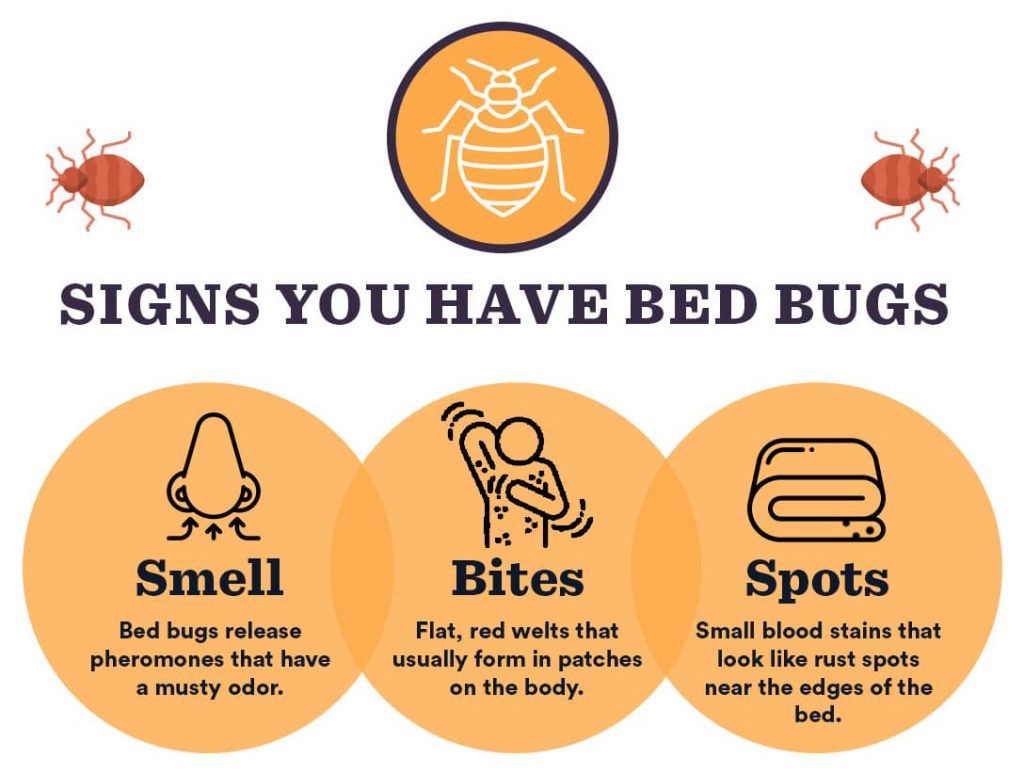As a homeowner, I’m always looking for ways to protect my home from bed bugs. I know how difficult it can be to find and eliminate these pesky pests, particularly during the day. Fortunately, there are tips from the experts on how to find bed bugs during the day. In this article, I’ll share some of the tips and strategies they recommend to help you identify and eliminate bed bugs in your home.
What are Bed Bugs?
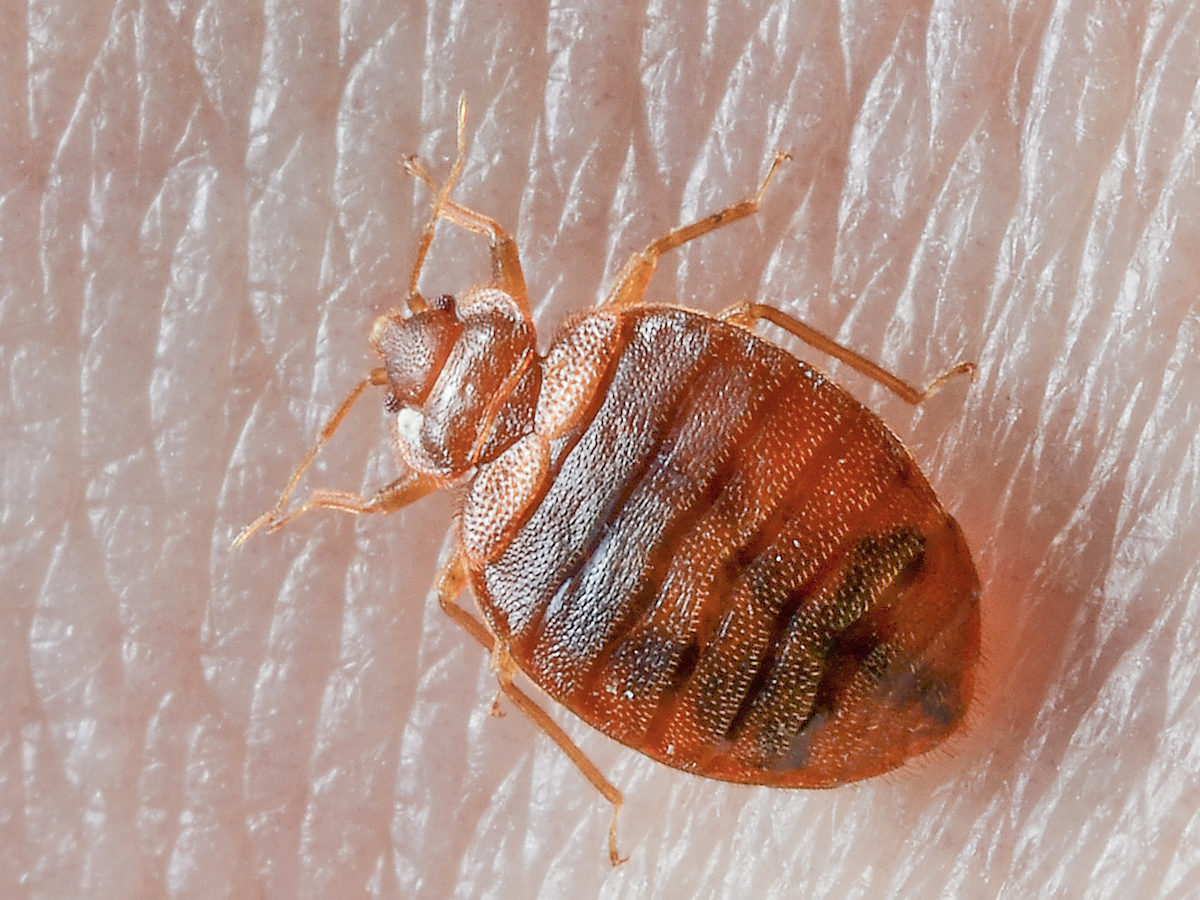
Bed bugs are parasitic insects that feed exclusively on the blood of humans and other warm-blooded animals. They are small in size, ranging from 4 to 8 millimeters in length, and are reddish-brown in color. Bed bugs are typically found in beds, mattresses, furniture, and other areas where humans sleep or rest.
Bed bugs are nocturnal and typically feed on their host during the night. They feed by inserting a proboscis into the skin of their host and ingesting their blood. Bed bugs do not fly and cannot jump, but they can crawl quickly. Bed bugs are resilient and can survive for several months without a blood meal.
What do Bed Bugs Look Like?
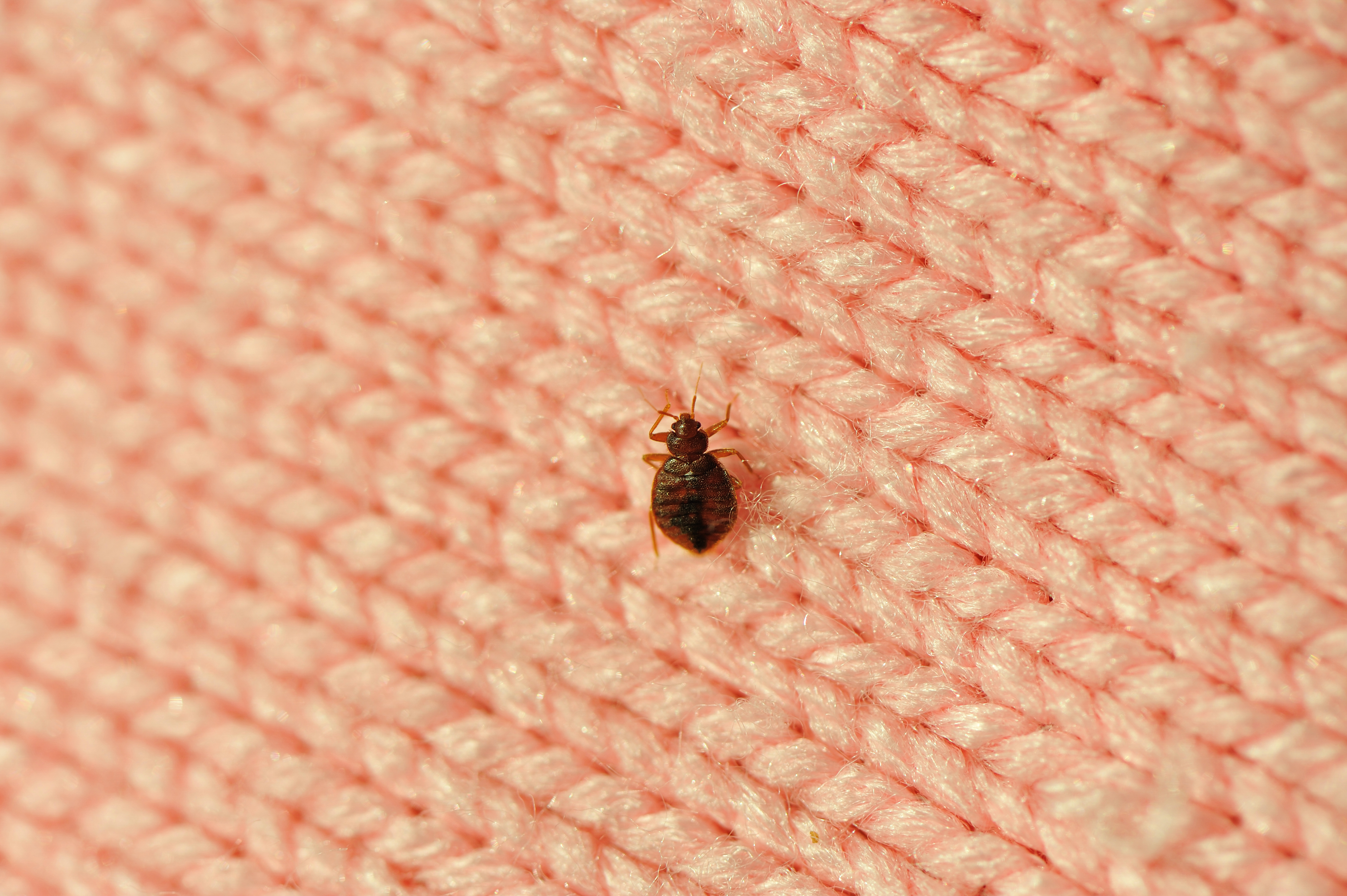
Bed bugs are small, oval-shaped insects that are usually reddish-brown in color and range from 4-5 mm in length. They have a flat, oval-shaped body, six legs and two antennae. Bed bugs have wings, but they are not capable of flight. They have a segmented body, with a head, thorax and abdomen. They have a beak-like structure in the front of their heads, which they use to pierce the skin and feed. Bed bugs have small, black dots on the sides of their bodies, which are the remnants of their molted exoskeletons.
Another way to identify bed bugs is to look for their droppings. Bed bug droppings are small, black spots that can be found on sheets and mattresses near where they hide. Bed bugs also leave behind egg shells, which are small and white in color.
In addition to looking for these physical signs of bed bugs, you can also use your nose to detect them. Bed bugs emit a pungent, musty odor that can be detected when they are present.
What do Bed Bugs Do During the Day?
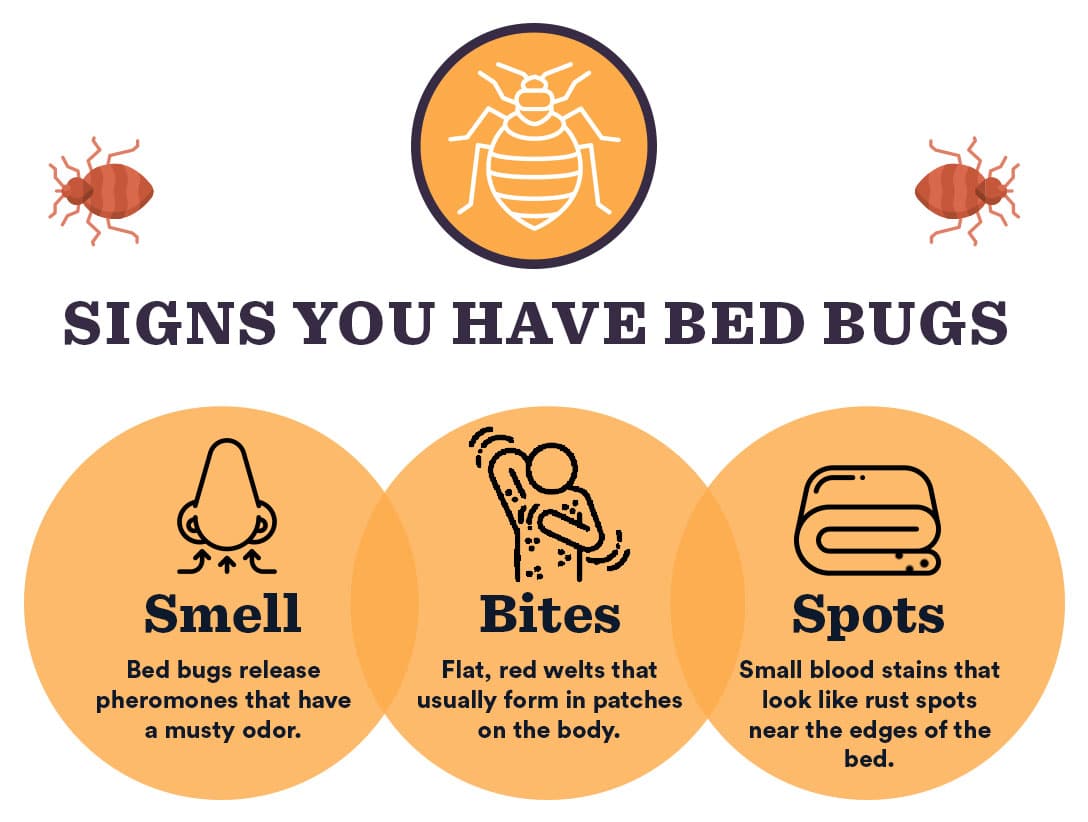
Bed bugs are nocturnal creatures, so they are typically more active at night than during the day. However, they are capable of hiding away during the day in the cracks and crevices of furniture, bedding, and walls to avoid detection. When they are not actively feeding, they often remain in their hiding spots, making them difficult to find during the day.
Bed bugs may come out of hiding during the day if they have not fed in a while, as they need to feed regularly to survive. If a bed bug is hungry, it may search for food throughout the day, becoming visible as it moves around.
Bed bugs may also become active during the day if the temperature and humidity levels in their environment are suitable. Bed bugs typically prefer temperatures between 70 and 80 degrees Fahrenheit and high humidity levels, so if the conditions in your home are ideal, you may see bed bugs during the day.
To find bed bugs during the day, look for signs of activity such as bed bug skins, fecal spots, and egg shells that have been shed by the bugs. Pay special attention to areas where the bugs are likely to hide, such as mattress seams, box springs, and furniture crevices. You can also use a flashlight to search for bed bugs in their hiding spots during the day.
Where do Bed Bugs Hide During the Day?
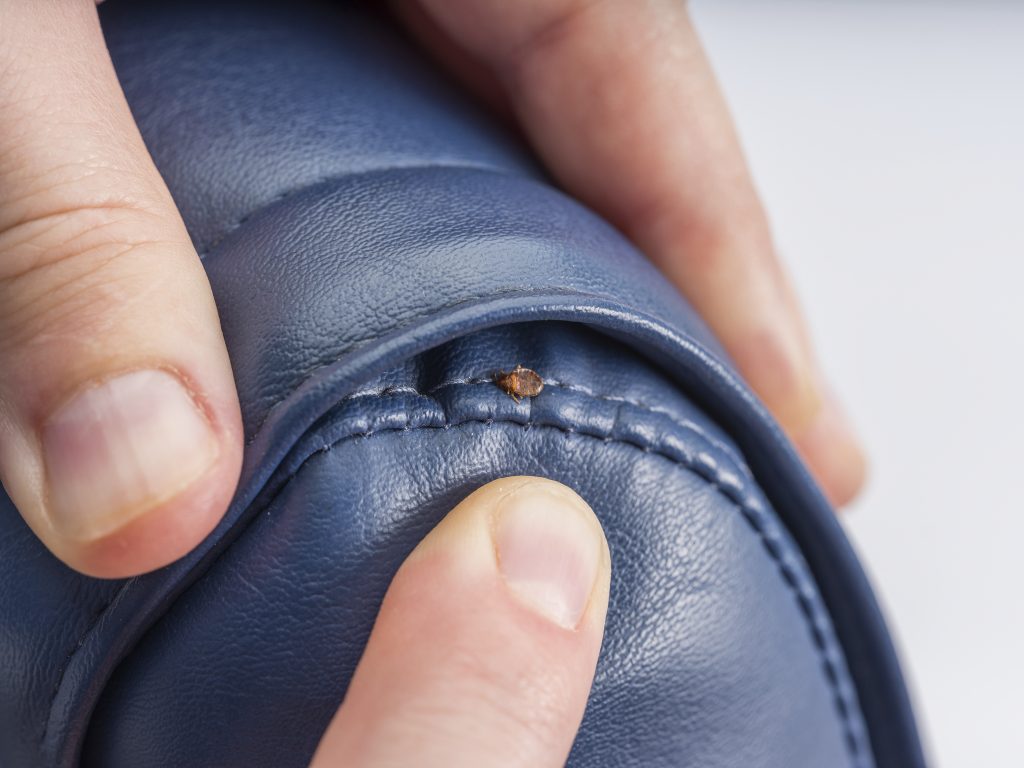
Bed bugs are nocturnal insects that come out to feed during the night when people are asleep. During the day, they tend to hide in dark, secluded spots. Here are some common places bed bugs may hide during the day:
- Cracks and crevices in furniture, walls, and floors
- Behind baseboards and moldings
- Inside electrical outlets and appliances
- In mattresses, box springs, and bed frames
- Behind wallpaper and picture frames
- In curtains and upholstered furniture
- In the seams of clothing and luggage
- In cracks of wooden furniture
Bed bugs may also hide in other objects around the house such as books, toys, and even electronics. When inspecting for bed bugs, be sure to check all of these places for signs of them or their eggs.
Signs of an Infestation
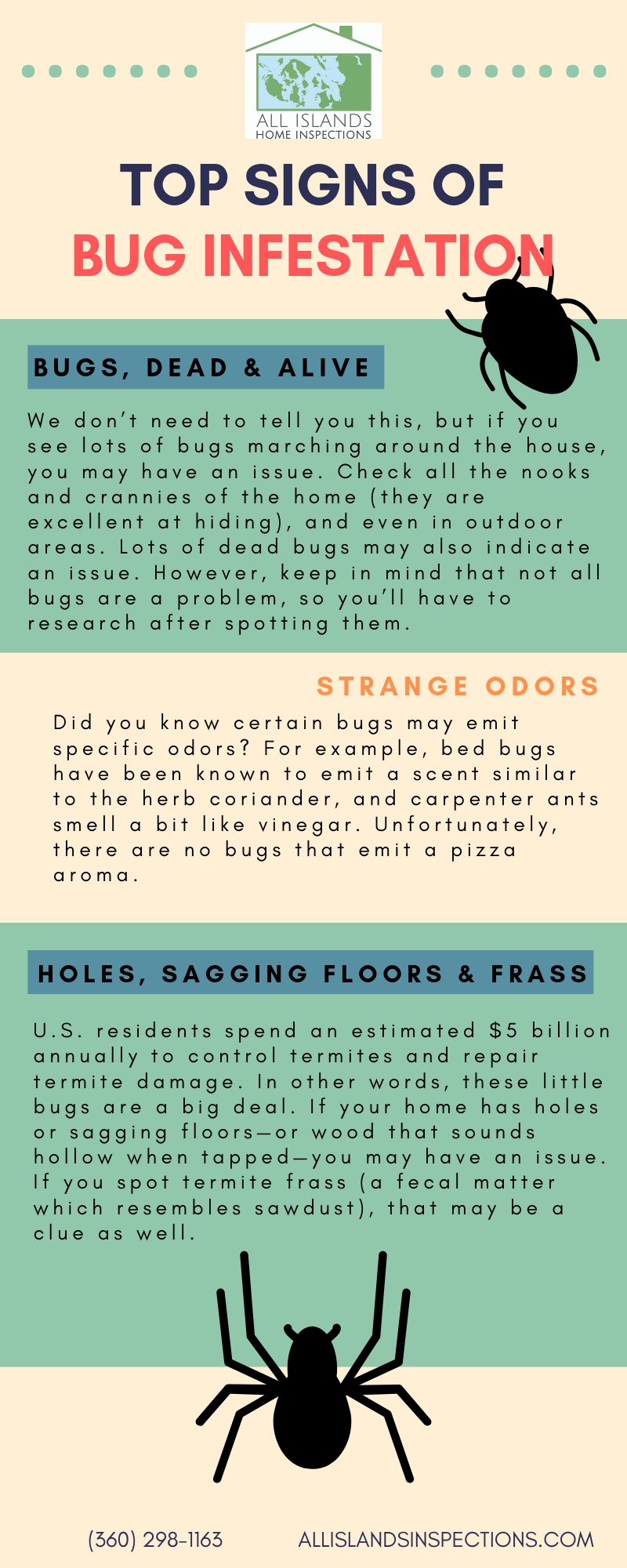
Checking for bed bugs during the day is a great way to identify an infestation. Look for signs of bed bugs or their droppings in the crevices of mattresses, bed frames, and furniture, as well as on the walls and floors. Here are some of the signs to look for:
| Signs | Description |
|---|---|
| Red or brown spots on the mattress | This is likely to be bed bug droppings or blood stains from crushed bed bugs. |
| Tiny eggs, eggshells, or shed skins | Tiny eggs, eggshells, and shed skins from bed bugs. |
| Musty odor | A musty odor might be present if there is a large infestation. |
| Live bed bugs | Bed bugs may be visible during the day, particularly if the infestation is severe. |
If you suspect you have an infestation, it is important to contact a pest control professional as soon as possible to get rid of the bed bugs.
Prevention Methods
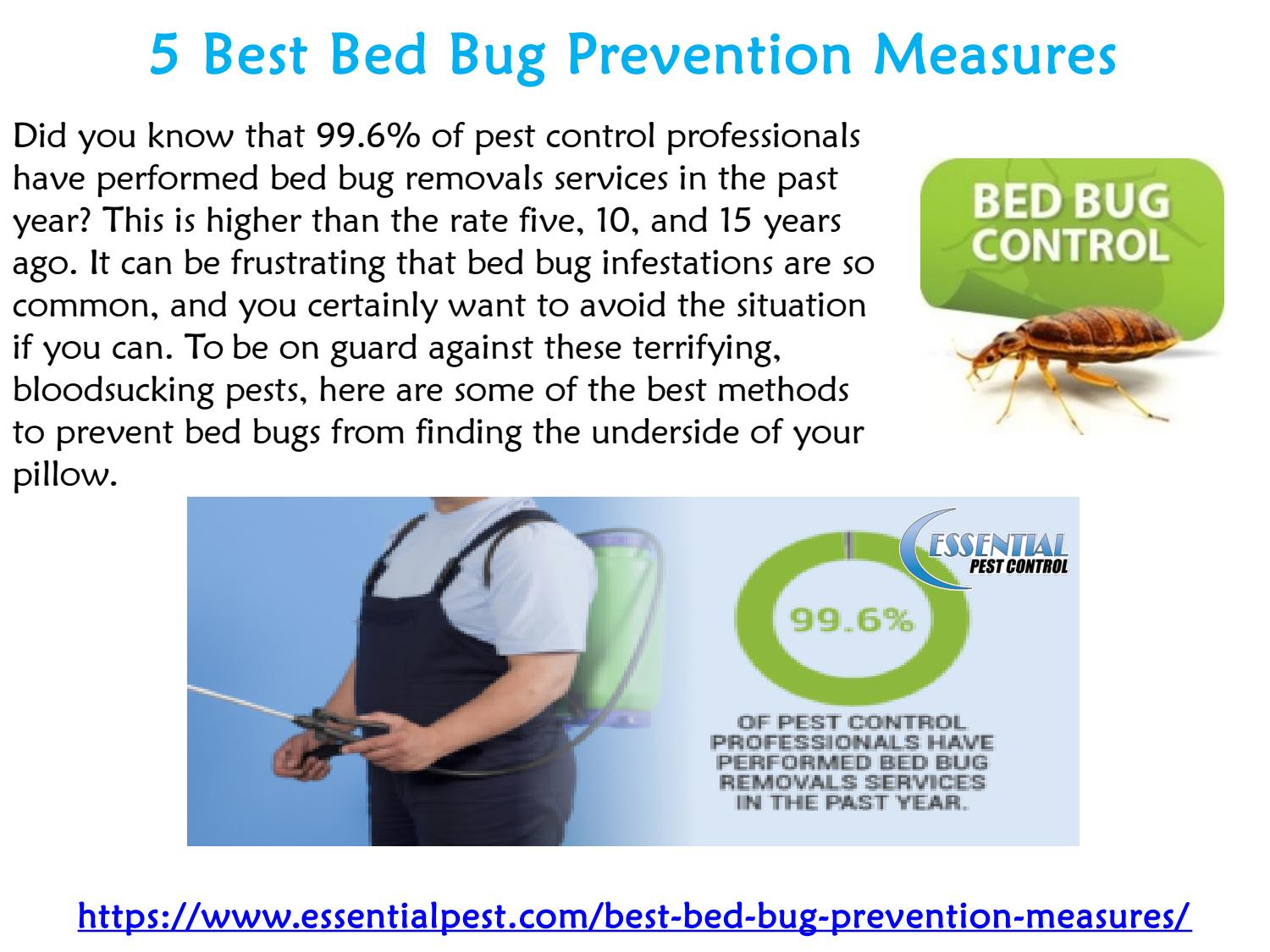
Checking for bed bugs regularly is the best way to prevent an infestation. Inspect bedding, mattresses, and furniture for signs of bed bugs. Look for small brown spots on bedding, mattresses, and furniture, which can indicate bed bug feces. Check for small, white eggs on bedding, mattresses, and furniture, which can indicate bed bug eggs. If you notice any signs of bed bugs, take steps to eradicate the problem immediately. Vacuum the affected areas and use a steam cleaner to kill any bed bugs present. Use a powerful insecticide to kill any eggs or larvae present. Replace infested items with new items, if possible. Consider using a bed bug resistant mattress and encasements for mattresses, box springs, and pillows. Use a mattress protector to protect your mattress from bed bugs. Clean and vacuum your bedroom regularly, paying close attention to cracks and crevices where bed bugs may be hiding.
Bed Bug Detection
Bed bugs are small, flat, oval-shaped insects that hide in the crevices of mattresses, bed frames and other furniture. During the day, they can be difficult to detect as they hide in the cracks and crevices of furniture and walls. To detect them during the day, the following steps should be taken:
- Check the mattress seams, edges and folds for signs of bed bug activity.
- Inspect the mattress tag and surrounding area for any evidence of bed bugs.
- Check bed frames, headboards and other furniture for bed bugs or signs of bed bug activity.
- Look for rusty or reddish stains on bed sheets, mattresses and box springs.
- Look for tiny white eggs, eggshells and shed skins in the seams and folds of the mattress and box spring.
If you find signs of bed bug activity, it is imperative to contact a professional pest control company or an exterminator to treat and eradicate the infestation.
Professional Bed Bug Treatment
- Inspect your mattress, box springs and bed frame for evidence of bed bugs (e.g. live or dead bugs, droppings, eggs, shed skins).
- Check around the edge of the mattress, paying particular attention to the seams, corners and crevices. Also look along the bed frame, headboard and footboard.
- Check furniture and other items around the bed, including nightstands, dressers and upholstered furniture.
- Look for bed bugs in other areas of your home, including in furniture, cracks in walls and behind baseboards.
- If you find signs of bed bugs, contact a professional pest control company to inspect and treat your home as quickly as possible.
Professional pest control companies use a range of treatments to get rid of bed bugs, including heat treatments, chemical treatments and steam treatments. Heat treatments involve raising the temperature of a room to a level that is hot enough to kill bed bugs, while chemical treatments involve the use of insecticides to kill bed bugs. Steam treatments involve the use of a high-pressure steam machine to kill bed bugs. Professional pest control companies can also use other methods, such as vacuuming, to get rid of bed bugs.
Frequently Asked Questions
How can I identify bed bugs during the day?
Bed bugs can be difficult to spot during the day as they hide in cracks and crevices. However, they can be identified by looking for the following signs:
1. Fecal spots: Bed bug fecal spots are dark in color and will appear near where they are hiding.
2. Shed skins: As bed bugs grow, they shed their skin. These can be found near where they are hiding.
3. Eggs: Bed bug eggs are very small and white in color. They are often found in clusters in cracks or crevices.
4. Live bugs: If you see a live bug, it is likely a bed bug. They are reddish-brown in color and about the size of an apple seed.
What are some signs that could indicate the presence of bed bugs during the day?
Bed bugs can be hard to spot during the day, as they tend to hide in cracks, crevices, and other small spaces during daylight hours. However, there are some tell-tale signs of their presence. Look for small, dark spots on mattresses or upholstery, which may be dried excrement or discarded exoskeletons. You might also notice small, rust-colored stains on sheets or bedding, which are caused by bed bug bites. Finally, a musty odor may be present in an infested area.
What are some common hiding spots for bed bugs during the day?
Bed bugs are nocturnal creatures, so they generally hide during the day. Common hiding spots for bed bugs are mattress seams, box springs, bed frames, headboards, behind wall outlets, and upholstered furniture. They can also hide in cracks and crevices in the walls, carpeting, and floorboards. Bed bugs may also congregate near the bed’s headboard and behind wallpaper.
Is there a certain season that bed bugs are more likely to come out during the day?
Bed bugs are more likely to come out during the day during the warmer months of the year, when temperatures are higher. During the winter, bed bugs are more likely to be inactive and remain tucked away in the cracks and crevices of the bedding, furniture, and walls. Bed bugs may also come out during the day to feed if the temperature is warm enough.
What are some tips for locating bed bugs during the day?
1. Check the seams of mattresses, particularly around the edges, for small black spots, which could be bed bug droppings.
2. Inspect creases and folds in the mattress, bed frame and headboard for signs of bed bugs, such as shed skins and egg casings.
3. Look for small blood spots around the mattress, which could be evidence of crushed bed bugs.
4. Use a flashlight to check cracks in the walls, baseboards and furniture for signs of bed bugs.
5. Carefully inspect secondhand furniture for signs of bed bugs.
6. Vacuum the mattress, bed frame and other furniture regularly to help remove bed bugs.
Conclusion
Bed bugs can be difficult to identify during the day, as they are most active at night. However, by following the tips from the experts, you can increase your chances of spotting them. Inspecting your bedding, mattress and furniture for signs of bed bugs and inspecting for eggs, larvae and droppings can help you identify and eliminate them. If you suspect an infestation, contact a professional exterminator to help you get rid of them.
